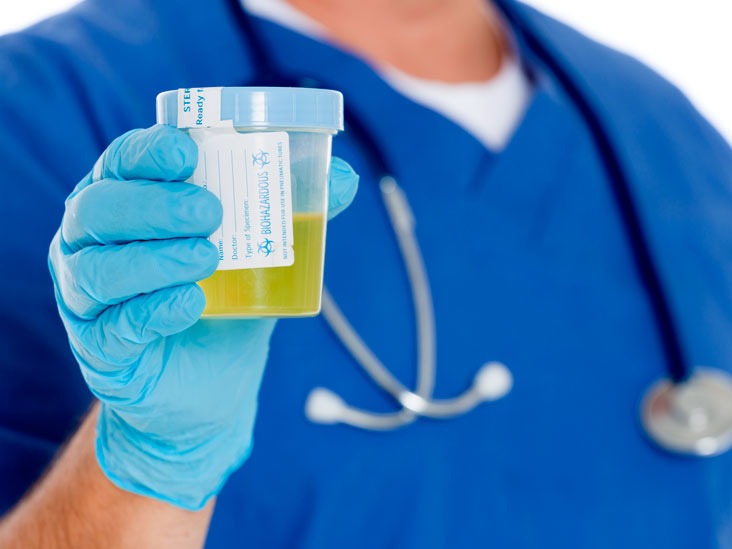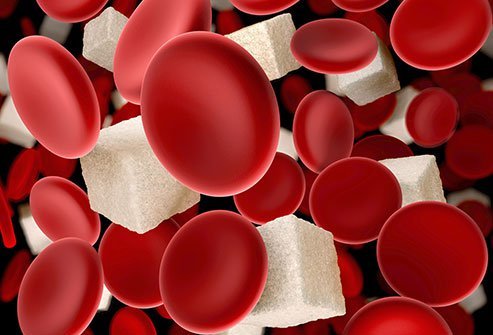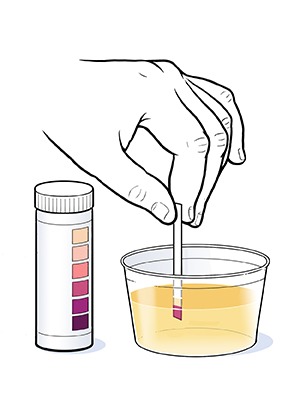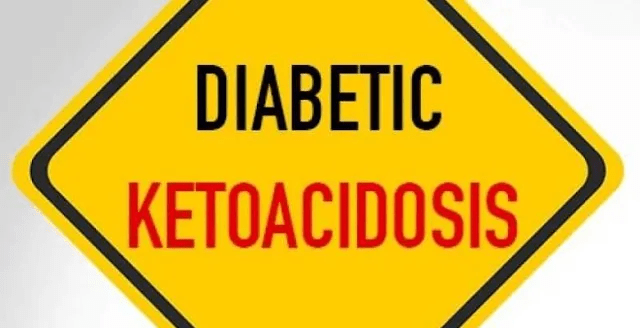
Urinalysis of glucose and ketones are non-invasive tests, which are used to reflect the levels of said molecules in the blood. Such tests are often used to monitor the effectiveness of interventions (i.e., nutrition, medication, lifestyle) for diabetics and individuals with insulin resistance (Pagna & Pagna, 2014). As a means of appreciating the need and role of such tests, the following will briefly explore the same in greater detail.

Diabetes is a condition that affects over 150 million people in the world and is expected to reach 366 million by the year 2030 (Radhakumary & Sreenivasan, 2011). Such an aggressive metabolic condition demands vigilance, and methods, that can effectively detect and track its progress. The urinalysis of glucose tests for the presence of said molecule and its concentration. Such data can inform the practitioner of the likelihood of diabetes (and other causes of glucose intolerance) (Pagna & Pagna, 2014). Pagna and Pagna (2014) indicated that in a healthy individual, the kidneys filter out glucose and redirect the molecule back into the bloodstream. Among individuals who manage glucose poorly, glucose levels rise in the blood faster than the kidneys can filter and redirect glucose back into the system. Consequently, glucose “spills over” into the urine when blood glucose levels rise above 180 mg/dL (Pagna & Pagna, 2014).

Pagna and Pagna (2014) indicated that ketones (energy derived from fatty acids) are generally not present in the urine. However, ketones are produced as an alternate energy source during periods of low carbohydrate diets, starvation, fasting, high protein diets, and insulin resistance (Pagna & Pagna, 2014). It should be noted, however, that ketones in the urine are not necessarily indicative of an aberrant state of health within a diabetic. Ketones in the urine in addition to hyperglycemia (and other biomarkers) is a potentially serious condition known as ketoacidosis; a condition characterized by a serum glucose level above 250 mg/dL, a pH below 7.3, a serum bicarbonate level below 18 mmol/L, a high serum ketone level, in addition to dehydration (Westerberg, 2013).

Westerberg (2013) also stated that ketoacidosis can occur among individuals of all ages; 14% of cases occurring in people 70+ years, 23% among 51-70 years of age, 27% in persons 30-50 years of age, and 36% in persons less than 30 years of age. Ketoacidosis results from insulin deficiency from new-onset diabetes, individuals not using insulin properly, prescription/illicit drug use, and increased insulin requirement because of infection (Westerberg, 2013). Said insulin deficiency stimulates the elevation of the counterregulatory hormones (glucagon, catecholamines, cortisol, and growth hormone) wich drives glucose production and production of ketones, from lipolysis, in an attempt to provide energy (Westerberg, 2013). Ultimately, such a process leads hyperglycemia and ketoacidosis which can manifest into cerebral edema, hypokalemia, hypoglycemia, acute renal failure, and shock (Westerberg, 2013).
In conclusion, glucose and ketone urine tests are simple and non-invasive methods of identifying and tracking said molecules in the body. Individuals with insulin resistance or diabetes can use such tests to help modify and steer their dietary and lifestyle habits in a favorable direction. Ultimately, such tracking and dietary modifications can help individuals avoid the medical consequences of hyperglycemia and ketoacidosis while leading people to better health outcomes and higher quality of life.
References
Pagana, K. D., & Pagana, T. J. (2014). Manual of diagnostic and laboratory tests (5thed.). St. Louis, MO: Mosby.
Radhakumary, C., & Sreenivasan, K. (2011). Naked eye detection of glucose in urine using glucose oxidase immobilized gold nanoparticles. Analytical Chemistry, 83(7), 2829-2833.
Westerberg, D. Y. (2013). Diabetic ketoacidosis: Evaluation and treatment. American Family Physician, 87(5), 337-346.
-Michael McIsaac
